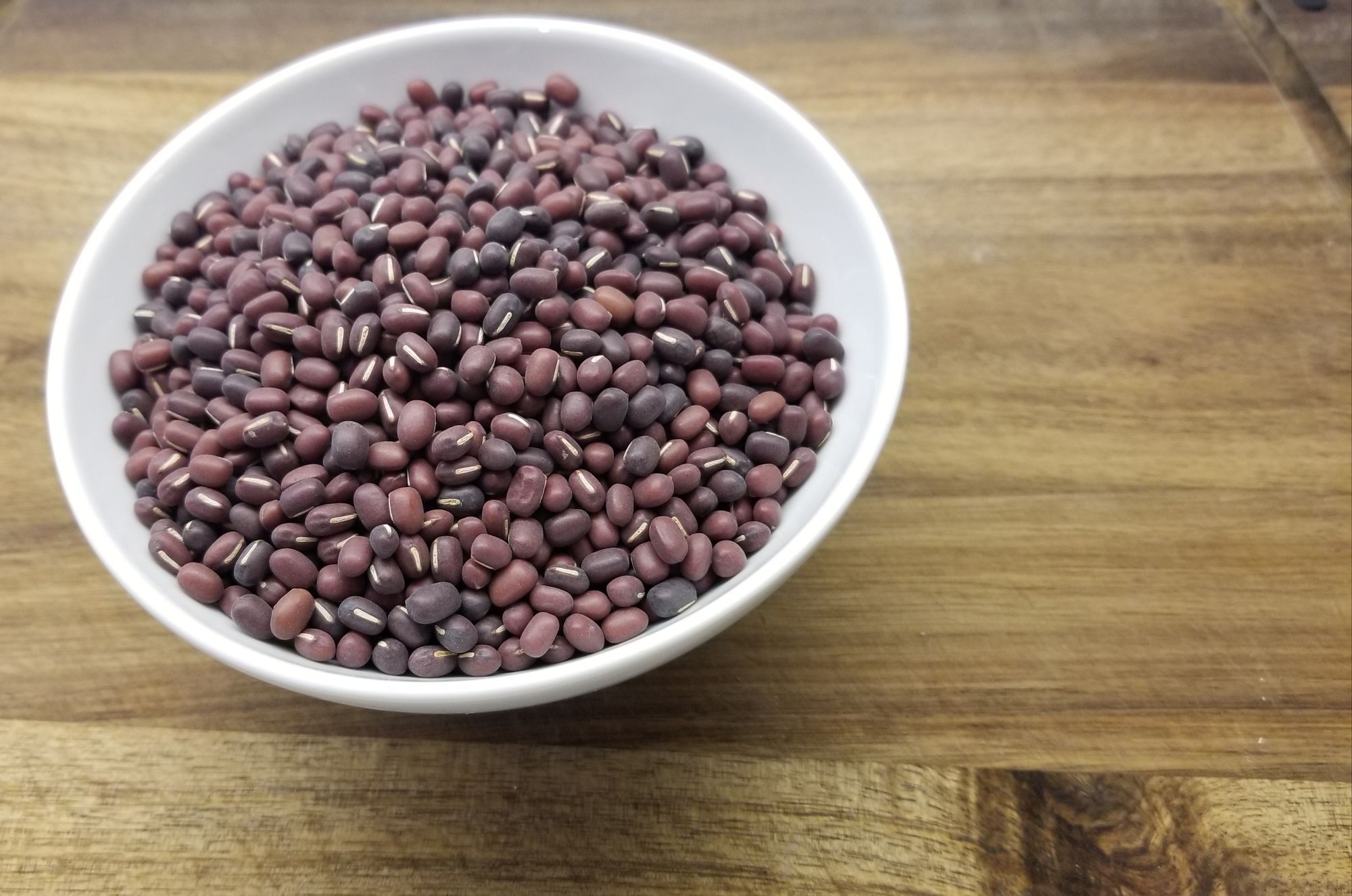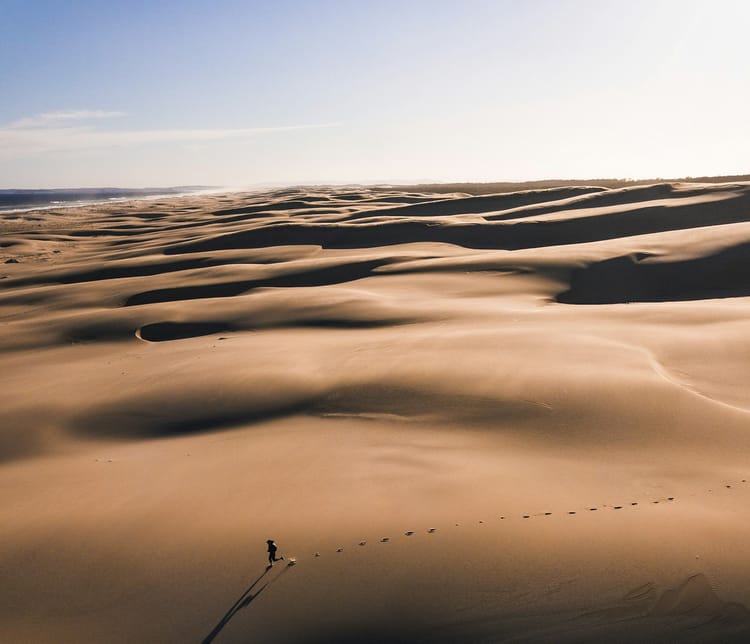Stone Soup #5: Easy Bean Sweets - Red Bean Paste
Stone Soup is an ongoing quarantine feature in which I come up with a recipe that uses the impossible thing in your cupboard, without making you go to the store or wasting any of your ingredients. Yesterday, we figured out how to bastardize a gratin.
Neil says:
The main ingredient that wants using is maybe 1.5 cups of adzuki beans. Then again, maybe dried beans have been oversold as an apocalypse commodity, and after twenty years or more these have zero culinary or nutritive value.
Things that might like to hang out with the beans:
Millet
Seaweed flakes
Vermont curry mix (medium hot with touch of apple and honey)
Coconut milk
.5 cup hazelnuts
Honey. From South Dakota; the good stuff
Sugar
Good luck; we're all counting on you.

(Neil even obliged me with this gorgeous photo of the Problem Beans!! Thank you, Neil.)
The good news is, dried beans last pretty much forever. If, instead of filling the hollow center of the earth with cool dinosaurs, someone had filled it with dried beans from the dawn of time, you could probably rehydrate them and they’d cook up nice.
The even better news is, Neil has all the right stuff to make an approximation of my personal favorite dessert ingredient — koshian, the fine, smooth version of red bean paste. This will be easy as hell, and it only uses one pot. Amazing.
(Please sprinkle caveats all over this post that I’m not an expert in this genre of cuisine and cookery; this is not necessarily how you make koshian right, it’s just how you make the thing you can with what you have.)
Let’s get our hands on some
Easy-Mode Red Bean Paste
Step One: Sort and rinse your beans. Pull out any fucked-up looking beans, and then give them a good rinse. Neil should especially do this, because these beans are so old. Measure how many dry beans you have before you start cooking; this will be important later.
Step Two: Soak your beans. Cover them with several inches of water and then soak for 24 hours. I know! That’s a lot of hours!! Adzuki beans have hard, thick shells, and it takes a while to convince them to accept water. You can also quick-soak them or not soak them at all, according to various sources, but I gotta tell you: I just tried quick-soaking my chickpeas the other night, and there were some… windy consequences, shall we say? I’ll be sticking to overnight soaks from now on. You go ahead and follow your star.
Step Three: Bean Jacuzzi. Ditch the bathwater the beans have been soaking in. Put them into a pot and cover them with, again, several inches of water — you want a 3-to-1 water-to-bean ratio. Bring to a boil, then reduce to a simmer. After 1 hour, pull out a bean and try to smash it with your fingers. If it smashes easily, the beans are done! If not, keep ‘em cooking until they’re done.
Drain your beans, but hang on to some of that Hot Bean Water. It’ll come in handy in a minute.
Step Four: S M A S H. The ~right~ way to do this involves a sieve, a cheesecloth, a wooden spoon, and a lot of attention. But I’m lazy by nature and I can’t remember where I put my cheesecloth, so we’re doing this the easy way instead of the right way.
Throw ‘em in a food processor (a blender will also work, I think). Add a quarter-cup of your reserved liquid. BLASTOFF. If you need to, pause a few times to scrape down the sides and bottom of the bowl. You want to end up with a fine paste, the consistency of cake batter. Add more of the reserved liquid if things feel too thick, or if the blades are struggling. Don’t worry about it getting too watery, you’re going to cook some liquid off in a minute anyway.
Step Five: Pot Time. Return that paste to the pot you cooked the beans in and turn the heat to low-medium. Add a roughly equal amount of sugar to the original quantity of dry beans you used — so, if you had 1.5C beans, like Neil does, you’ll be adding 1.25 - 1.5C sugar. That ratio can be adjusted to your taste, depending on whether you like things on the sweeter side or not. Add the sugar in thirds, stirring to dissolve completely between each addition.
Now stir, stir, stir with a silicone spatula to get the excess moisture out. Scrape the sides and bottom of the pan frequently to keep anything from burning. Once the bean paste has reached the consistency of a soft cookie dough — thick enough that it’ll hold a valley for a few seconds if you drag your spatula through it — it’s done! Transfer to a baking sheet or cake pan, spread it out flat, and let it cool uncovered at room temperature for like an hour.
Okay, you’ve got bean paste, now what do you do with it? If you’re like me, you immediately eat some of it with a spoon because you’re a goddamn monster. It’ll keep in the fridge for a few days, and it freezes up real nice. This will turn pretty much anything into a dessert, the same way Nutella does — put it on toasted bread, pancakes, fry bread, ice cream, whatever your heart desires. A friend of mine recently mentioned crushing up some ice and topping it with canned coconut milk and red bean paste, which sounds like heaven. Eat it over sticky coconut rice with some of those hazelnuts you’ve got to make me extremely jealous of your life. You can also make more formal desserts, like cakes and cookies fried sesame balls and oh god I’m dying for some red bean paste now.
Just the recipe:
Red Bean Paste
- Sort and rinse 1.5 C adzuki beans, then soak in lots of water for 24 hours.
- Drain, then transfer to a pot. Cover with several inches of water. Boil, then reduce to a simmer for 1-1.5 hours, until soft enough to easily crush with your fingers.
- Drain, reserving some liquid. Put beans in a food processor or blender along with .25C reserved liquid. Pulse to a fine paste, adding more liquid if necessary.
- Return paste to the pot over low-medium heat. Add 1.25 - 1.5 C sugar (to your taste preference) in thirds, stirring to completely dissolve sugar between each addition.
- Continue stirring to cook off moisture, until the consistency is as thick as soft cookie dough.
Transfer to a sheet pan or casserole dish and cool.






Member discussion